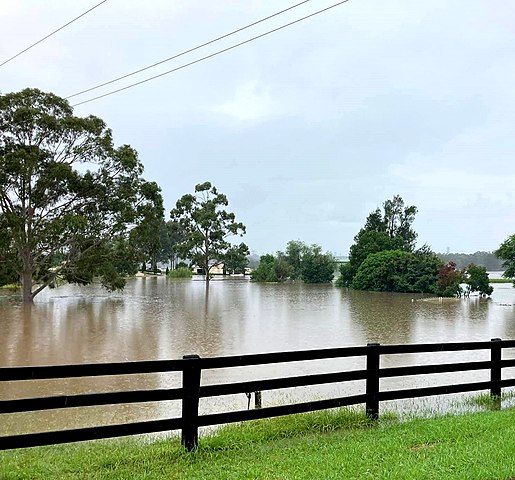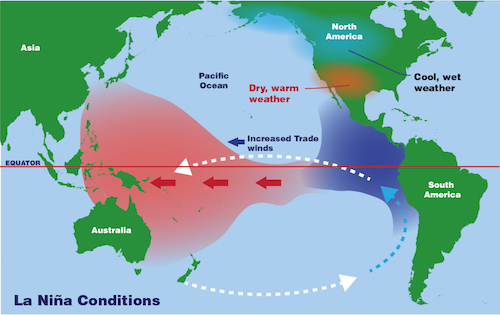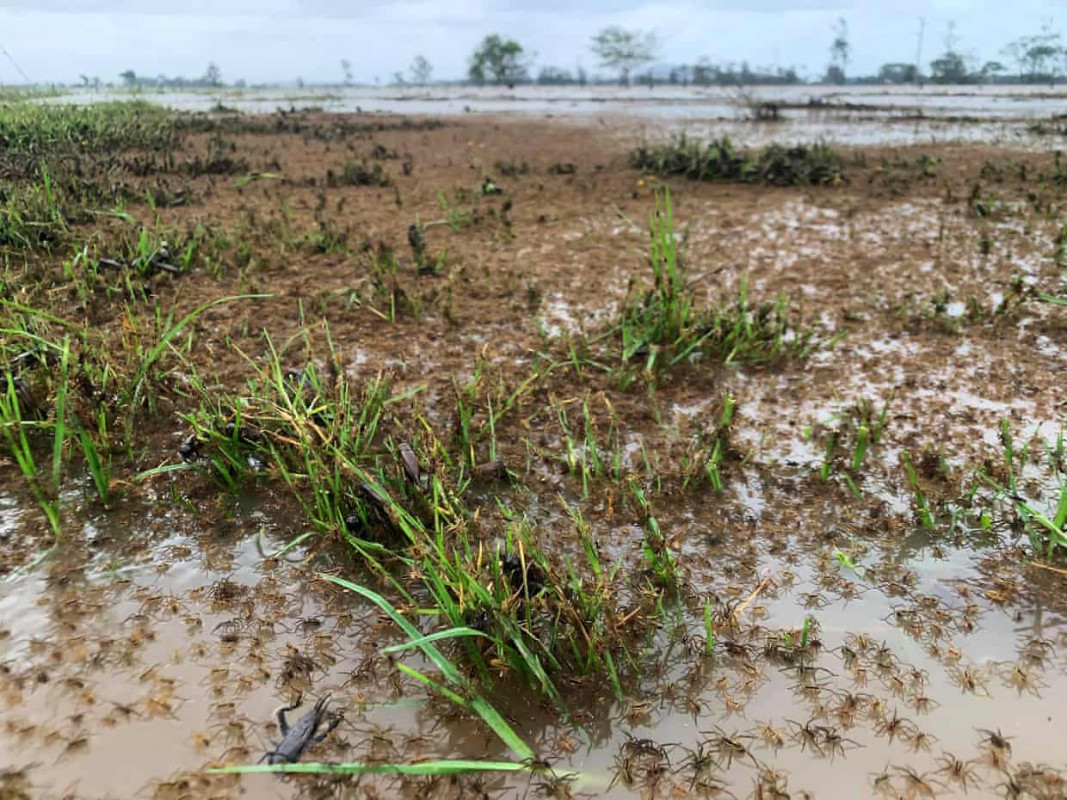 Last week, Australia experienced one of the heaviest rainfall it has had in decades.
Last week, Australia experienced one of the heaviest rainfall it has had in decades.
With dams overflowing and river levels reaching an all-time high, a massive flood across eastern Australia has caused over 40,000 people to immediately evacuate, two reported deaths and another 10 million Australians to receive weather warnings. Some of the most affected states include New South Wales (NSW) and Queensland, Australia.
On Tuesday, March 23, 2021, approximately 200 schools remained closed. Many have reported seeing dead wildlife floating through flooded areas, while entire backyards and homes were submerged by water. A newly married couple’s cottage house in Taree, a town in New South Wales, was completely uprooted by the flood and swept afloat!
Fires and Floods: Climate Change?
The La Niña weather pattern currently affecting the country brings cooler waves of water up from the bottom of the eastern tropical Pacific. This pushes warm air westwards towards Australia and Asia. As a result, Eastern Australia experiences a 20% increase in average rainfall from December to March in La Niña years.
 Also, just last year in January 2020, a major wildfire in southeastern Australia burned through nearly 1.5 million acres in New South Wales and Victoria. Because of the fires, the soil in the area had lost much of its ability to absorb water, therefore resulting in more runoff during the recent flooding.
Also, just last year in January 2020, a major wildfire in southeastern Australia burned through nearly 1.5 million acres in New South Wales and Victoria. Because of the fires, the soil in the area had lost much of its ability to absorb water, therefore resulting in more runoff during the recent flooding.
Is climate change responsible? According to scientists, for every 1C that our planet warms, the atmosphere retains 7% more moisture. This can cause “extra” rainfall, increasing the risk of floods. As we humans continue to release more carbon dioxide from our use of fossil fuels, our atmosphere will get warmer -- and flooding events like the one in Australia are likely to become more frequent.
Spiders Flee Too!
 Along with this increased downpour, the Warragamba Dam in Sydney, New South Wales, overflowed for the first time in five years. Authorities have helped make more than 750 rescues since March 18 using search and rescue helicopters.
Along with this increased downpour, the Warragamba Dam in Sydney, New South Wales, overflowed for the first time in five years. Authorities have helped make more than 750 rescues since March 18 using search and rescue helicopters.
However, it is not just people who are being affected. Residents returning to their properties were bewildered to see a carpet of spiders on the ground, and insects crawling up the outside walls of their homes and fences.
Even snakes were found climbing trees to escape the flooded ground!
According to Dr. Lizzy Lowe, an arachnologist, spring and summer are peak times for spiders. She urged people to not kill them as spiders are important for the ecosystem and keep the insect population in control. Once the floodwaters recede, the spiders should disperse by themselves.
Australia has begun its long road to recovery, and the government has given monetary aid to those affected. The COVID-19 vaccine rollout had been disrupted in flood-affected areas and should be resuming as well.
The fires and floods are a reminder of why climate change should be taken seriously.








